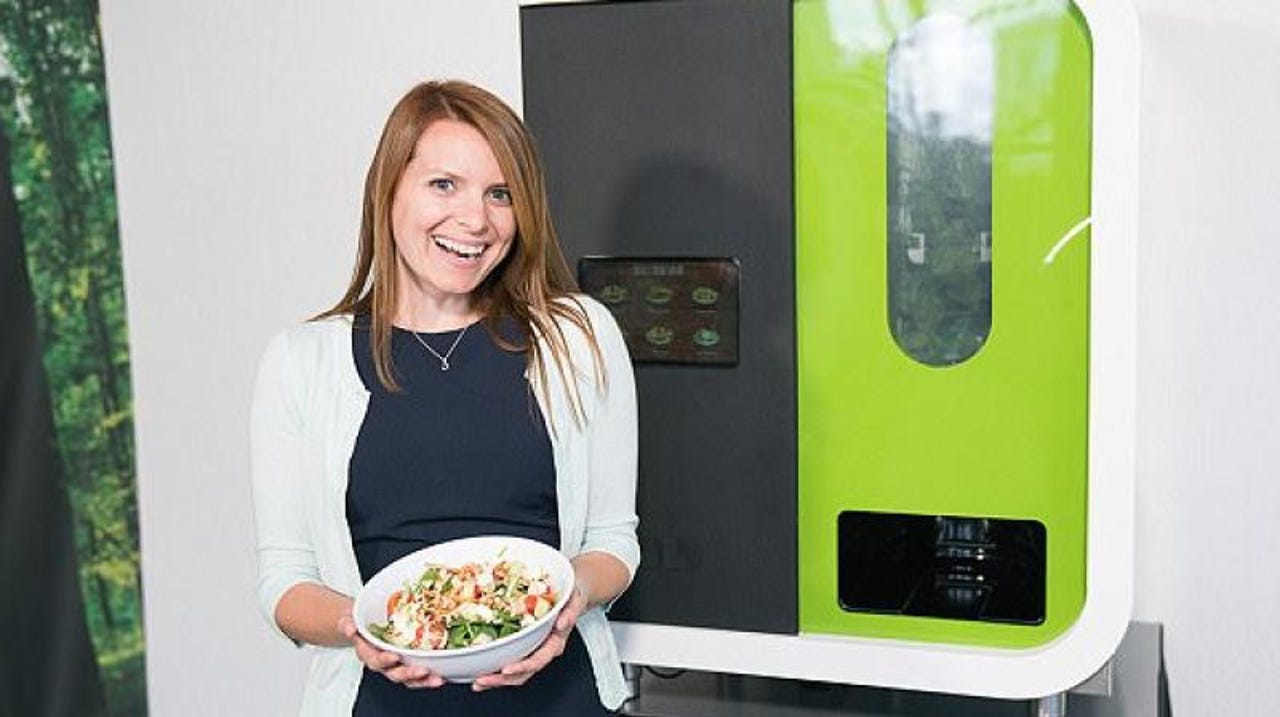11 robot fails, flubs, and pratfalls from the past year

The Atlas shelf-stack fail that broke the internet
Boston Dynamics makes some mighty impressive robots. One of them is Atlas, a 6'3" humanoid that made its public debut in 2013 and competed in the DARPA Robotics Challenge.
But during a test exercise last year, video of which Boston Dynamics gamely shared with the world, the robot failed in spectacular fashion. Unable to place a box on a shelf, it ended up pulling the whole shelf down, then toppling over itself.
It's good to know advanced humanoids are people, too.
CLOi goes silent on stage
It's the nightmare scenario for any spokesperson: Your much-hyped product fails in front of a live audience at the industry's biggest showcase.
That's what happened when David VanderWaal, LG's VP of marketing, tried to demo CLOi, LG's new home assistant robot at CES. The robot started off okay, responding to a scheduling command and setting a washing machine. Then disaster struck in the form of silence.
Here's video of the incident from the BBC.
Robot fired from store for utter incompetence
It was a noble experiment gone awry.
The robot, a customized version of SoftBank's Pepper humanoid, was brought in to help a family-run Scottish grocery chain. At least that was the idea.
In practice, Scottish customers didn't want anything to do with the officious automaton. In part, it was a failure of the technology. Background noise in the store frequently prevented Fabio from understanding customer questions the first time asked.
Folding machine on the fritz
FoldiMate, a clothes folding robot that costs nearly $1000, raised some eyebrows at CES this year, but not for the right reasons.
Attendees were underwhelmed to learn that clothes have to be fed in one at a time, somewhat eliminating the time-savings the device is supposed to deliver. It also reportedly jams easily.
Another laundry folding device called the Laundroid also got low marks at CES, mostly for costing $16,000 and being the size of a fridge.
Self-driving car strikes pedestrian
This is a decidedly more somber entry. In March, a self-driving car being tested by Uber struck and killed a pedestrian in Tempe, Arizona.
Uber is pausing tests across the U.S. while an investigation into the cause of the death is underway.
As companies race to be the first to market with self-driving vehicles on public roads and highways, it's a sobering reminder that the technology is still very much in development. Whether the incident slows down the pace of testing nationwide remains to be seen.

Sally the salad making robot
This falls into the category of good idea, misplaced expectations.
Sally, a so-called salad-making robot from Chowbotics, is bringing freshness to the automated food space. Sounds like a good idea.
But some critics aren't buying the big grins on the faces of customers in the promo photos.
It turns out Sally doesn't actually do much other than dispense salads. No chopping, washing. In fact, it's pretty much a salad vending machine.
There's nothing wrong with that, unless you brand the vending machine a $30,000 robot.
Robot pole dancers
The gist is that there was, briefly, a strip club in Las Vegas with robot pole dancers.
The publicity stunt wasn't a failure, per se--people showed up, the robots danced, everything went as planned.
But reactions varied significantly, and the novelty of the spectacle certainly warrants inclusion in any list of weird robots.
Security robot drowns in fountain
Knightscope's Fountain Fail is now the stuff of legend.
This past July, one of the company's K5 security robots took an unexpected (and self-guided) plunge into the fountain of a Washington D.C. building it was charged with protecting.
Reflections evidently led the robot to mistake the water for a solid surface. Predictably, the internet exploded.
Robot suitcase won't stop falling over
The Puppy 1 by Chinese firm 90Fun is what would happen if a Segway and a Samsonite had a baby.
The self-balancing, two-wheeled suitcase follows anyone holding a special remote control. It can also be controlled manually via a joystick on the remote.
Lacking obstacle-avoidance, however, it's a real hazard in a crowd or in all but the widest of linoleum-adorned terminals. And the prototype, at least, has another quirk: It keeps falling over unexpectedly.
Robots can ski ... kinda
The skiing robots were built by teams competing in a tournament called "Edge of Robot: Ski Robot Challenge," which took place on a slope about an hour outside Pyeongchang during the Olympics.
Eight teams from research universities and one private company went head to head to see whose self-guided skiing robot could make it down a course fastest while avoiding obstacles.
It was a rough road to victory for the winner.
Simone Giertz's soup-feeding robot
Finally, the always wonderful, witty, and endearing Simone Giertz made a robot to feed her soup. Very little soup was eaten.